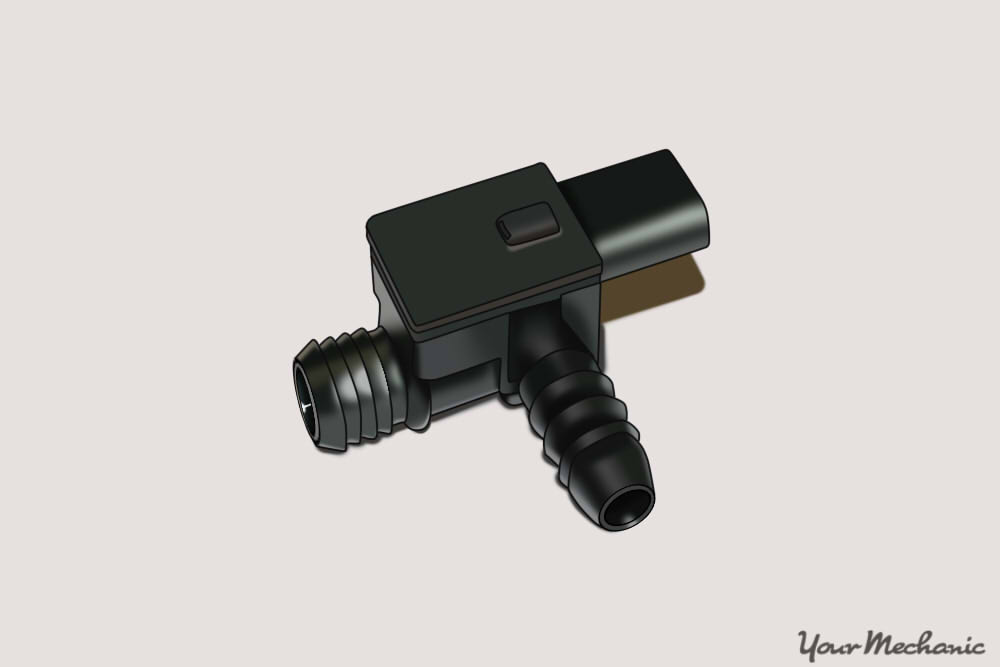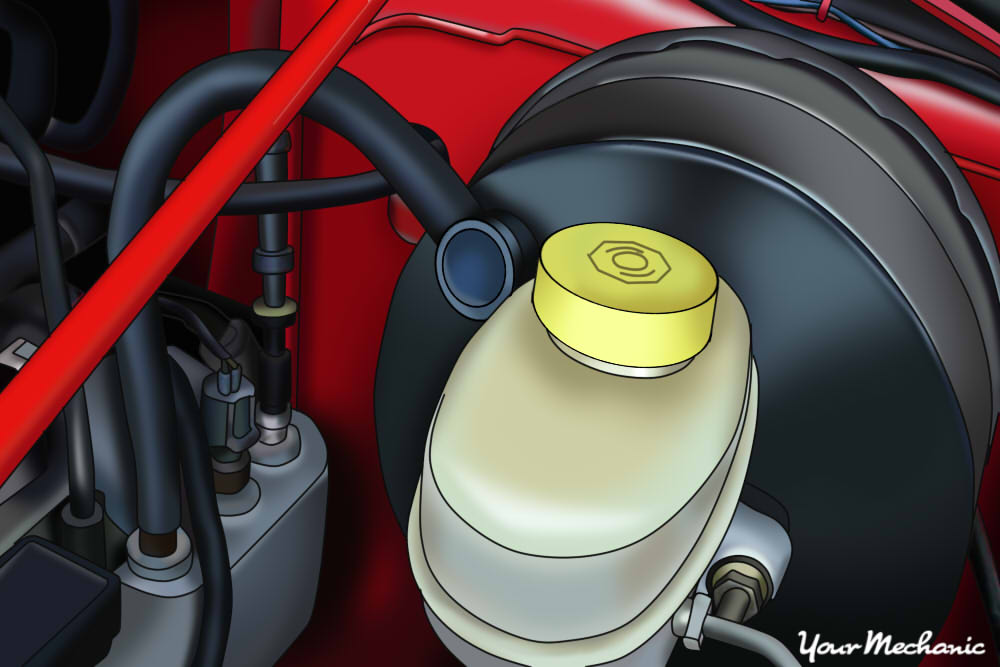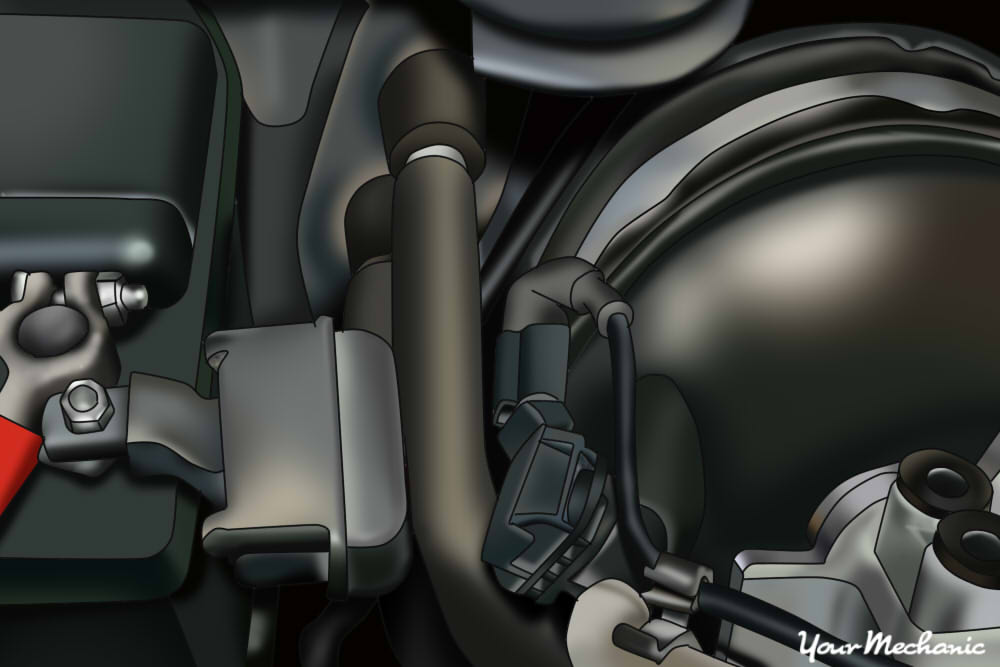

The brake booster vacuum pressure sensor is found in most vehicles equipped with an electric or engine-driven vacuum pump. This sensor monitors vacuum levels to the brake booster to ensure proper power brake operation. The sensor is typically located in the vacuum line from the vacuum pump to the brake booster.
If vacuum levels fall or if the vacuum pressure sensor fails, your car can have an illuminated Check Engine Light and/or a hard brake pedal. Since the brake system on your car is vital for your safety, ensure that you get this issue fixed as soon as possible.
Part 1 of 2: Locate the vacuum pressure sensor
Materials Needed
- Pliers or hose clamp pliers
- Replacement vacuum sensor
- Screwdrivers - flat or Phillips head
- Sockets or ratchet
Step 1: Determine the location of the vacuum brake pressure sensor. Usually, the vacuum pressure sensor is located in the vacuum line to the brake booster. However, the vacuum line may not be directly visible in front of the brake booster as it may run behind and/or under the windshield cowl.
Verify the sensor location for your specific vehicle before you begin or attempt the replacement.
Step 2: Remove the pressure sensor. Once you locate the sensor, remove any trim pieces and brackets that may be present so that you can access the pressure sensor. After you gain access, use the appropriate pliers to remove the hose clamps and then pry the vacuum sensor from the vacuum hose.
Step 3: Install the new sensor. Once the old sensor is removed, you can install the new one.
Ensure that you replace and tighten the clamps that were removed earlier. Also, put back any other components and trim panels that may have been removed to access the vacuum sensor.
Part 2 of 2: Check the brakes
Step 1: Turn on your vehicle. Start the vehicle and allow the vacuum pressure to build back up in the brake booster.
Step 2: Check the vacuum. Depress the brake pedal a few times to verify whether you have vacuum assist.
Sometimes, simply replacing a faulty component may not automatically reset any warning lights that are present. If any warning lights remain illuminated, you may need to visit a local repair facility or auto part store to clear and reset the system.
If you are unsure about performing this process on your own, get one of the mobile technicians from YourMechanic to come to your home or office and replace your vehicle’s vacuum booster sensor.





